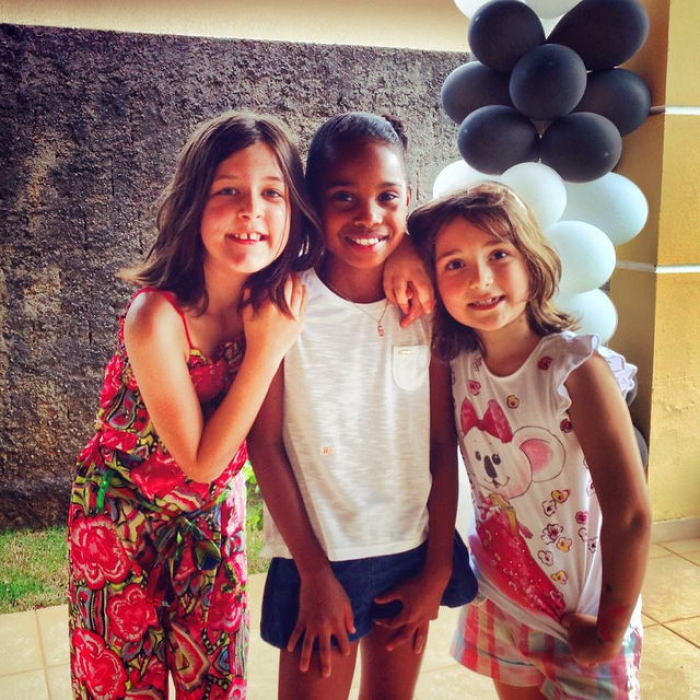Children’s early language, 2: Bilingual language learning

Highlights:
1. Bilingual language development depends on quality and quantity of language exposure.
2. Bilingual children learn more with more opportunities to participate and practice in each language.
This is the second in a series of blogs about early oral language. Blogs will link to recent evidence-based research or research reviews to support some general suggestions for supporting children’s early language development.
In a recent review of research about bilingual children’s language development, the conclusion was that both the quantity and quality of exposure to both languages significantly affect children’s language learning.
Today, many more children grow up in a world where they learn two languages, maybe one at home and one at school. Bilingual children, exposed to two (or more?) languages cannot be expected to learn at the same rate and children who are exposed to one language.
Their needs within their world (their environments) will determine their language development. As well, adults and children in their lives (parents, teachers, family, friends) can support their language learning through conversations. The more practice, feedback and opportunities bilingual children have in each language, the more they learn.
Opportunity to participate in their languages and the richness of those opportunities both matter. This is exactly the same process as for monolingual children. Bilingual children grow up with the gifts, knowledge and cultures of two languages as they carry on their family heritage and function in their local communities.
Conclusion
“…findings repeat conclusions from studies of monolingual development that language acquisition depends on thequantity and quality of language experience and the opportunity to participate in conversation," said Hoff.
Erika Hoff. Bilingual Development in Children of Immigrant Families. Child Development Perspectives, 2018; 12 (2): 80 DOI: 10.1111/cdep.12262
Hoff, E. (2020). Lessons from the study of input effects on bilingual development. International Journal of Bilingualism. 24(1):82-88. doi:10.1177/1367006918768370
Categories
- evidence-based (5)
- learning (14)
- literacy and numeracy (8)
- oral language (3)
- oral reading fluency (1)
- parent child reading (2)
- talking and listening (4)
- teacher learning (4)
- well being (1)
Recent Posts
Archives
- July 2022 (1)
- June 2022 (1)
- May 2022 (2)
- April 2022 (1)
- March 2022 (4)
- February 2022 (4)
- January 2022 (2)
- December 2021 (1)
- November 2021 (1)
- October 2021 (2)
- September 2021 (1)
- August 2021 (3)
- July 2021 (3)
- April 2021 (1)
- March 2021 (4)
- May 2020 (1)
- February 2020 (1)

0 Posted Comments
(3 awaiting approval)Post a Comment